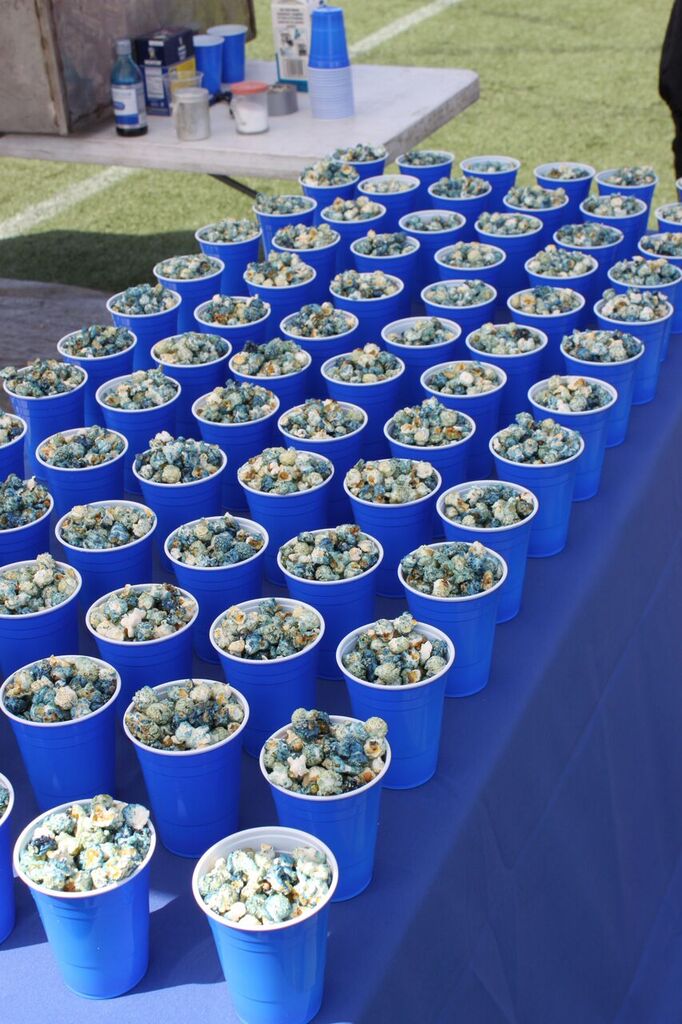Event Planning Dream On, Dreamer The questions to ask—and avoid—when brainstorming for your dream event.
There you are, dressed to the nines and chuckling with your favorite colleagues in a decked-out space when champagne is served in gallon-sized glasses. By Alex Trebek. You find several hundred dollars in your pocket before realizing that you’re floating in thin air. Suddenly, you awaken. It’s 3:17 AM and you’ve been dreaming. Dreaming of the assignment you’ll be returning to later in the day: planning a corporate event that will have the whole organization abuzz with anticipation.
The corporate event of your dreams doesn’t have to take place in your REM cycle alone. By asking the right questions and resisting the urge to ask the wrong ones, the brainstorming phase of your event planning process can birth ideas, themes, activities, and entertainment options that will knock your guests’ socks off.
“The dreaming phase is the best part of the whole event journey in my opinion,” says event manager Eddy Willingham. “It all starts with a need to bring a community together for some purpose. Whether to celebrate, inform, or build a team, the dreaming phase begins with limitless possibilities on how to accomplish event purpose.” Eddy says that the best events are built at the intersection of two questions: who and why.

Ask who.
In a way, every event is a case study in marketing. An audience made up of unique individuals with different personalities and certain common interests and habits, will soon be on the receiving end of entertainment, inspiration, and yes, food. Their tastes, habits, and personalities will largely dictate how well your corporate event is received. Before anything else, carefully define your audience with as much specificity as possible. Understand their receptors and start dreaming from their perspective.
Ask why.

In his wildly popular TED talk, Simon Sinek argues that people aren’t motivated by what you do, but rather why you do it. The potential impact of your event skyrockets when that question is answered carefully. Why are you throwing a special event? The answer to that question should drive your every move.
Once you’ve answered those questions, consider some specifics. There’s no shortage of categories into which your creativity juices can flow. Some of those include:
- Theme
- Date and time (Celebrate 2 years of business at 2:22 pm on 2/22? Why not!)
- Location (How about something historic, outdoor, personal, or meaningful?)
- Food Menu
- Drinks/Bar Theme
- Activities
- Seating
- Speakers
- Entertainment
- Overall Vibe (High-end, fun, exciting, calm, etc.)
Those questions and categories provide plenty of opportunity for ideas, but how do you awaken your team’s finest solutions? To answer that, we consulted the findings of some of the leading minds in business and creativity.
Learn from Silicon Valley’s finest.
When making plans for a brainstorming session with your event organizers, consider borrowing a page from the playbook of Silicon Valley titan IDEO. This think tank has mastered the art of collaborative innovation. Their golden rules for successful open brainstorming set clear boundaries for the dreaming phase:
- Create an inviting space with varying types of recording instruments.
- Check positions and titles at the door to create an equal playing field.
- Focus on producing a large quantity of ideas; reserve quality control for later.
Give introverts the floor with “brainswarming”.
In the Harvard Business Review, Tony McCaffrey coined this term as a response to the many pitfalls of traditional brainstorming. His method attacks problems from two ends: goals and resources. Designed to use a special event coordinator’s time more efficiently and to ensure the inclusion of all personality types, McCaffrey’s silent method has been nearly four times more efficient at extracting creative solutions from a diverse team of professionals. The basic framework was inspired by the behavior of ants, who work together to complete complex tasks with only the slightest amount of communication. In the context of event planning, brainswarming could look like a team being split into two groups, with half of the group silently and independently thinking about the event’s goals (team building, gratitude, etc.) and the other half thinking about what could be made from the resources at hand (entertainment, activities, and food options). When the two paths meet, solutions will begin to form.
As you brainstorm (or brainswarm), there are two common pitfalls that can steer an entire team off course.
Don’t ask how.
Logistics can be overwhelming. Nothing can pop a creative balloon like a pragmatist doubting your ability to get a 100-foot inflatable slide onsite within a week. Save the realism for the next phase of event planning, and let the grand visions flow. With the help of party event planners, you’d be surprised at the number of “impossible” tasks that can be accomplished.
Don’t ask how much.
Budgets are important, and for many companies, non-negotiable. But the time for minding your costs will come. The dreaming phase is not that time. Even the most outlandish, over the top ideas could inspire others with more modest costs. So when your coworker adds “bags of cash” to the list of swag bag ideas, don’t touch it. You never know where it will go.
In your event planning team’s minds live brilliant ideas for epic event mastery. With the right tools, the right questions, and a good dose of self-restraint, the dreaming phase can act as a springboard of enthusiasm and innovation for the rest of your planning process. So dream on, dreamer.